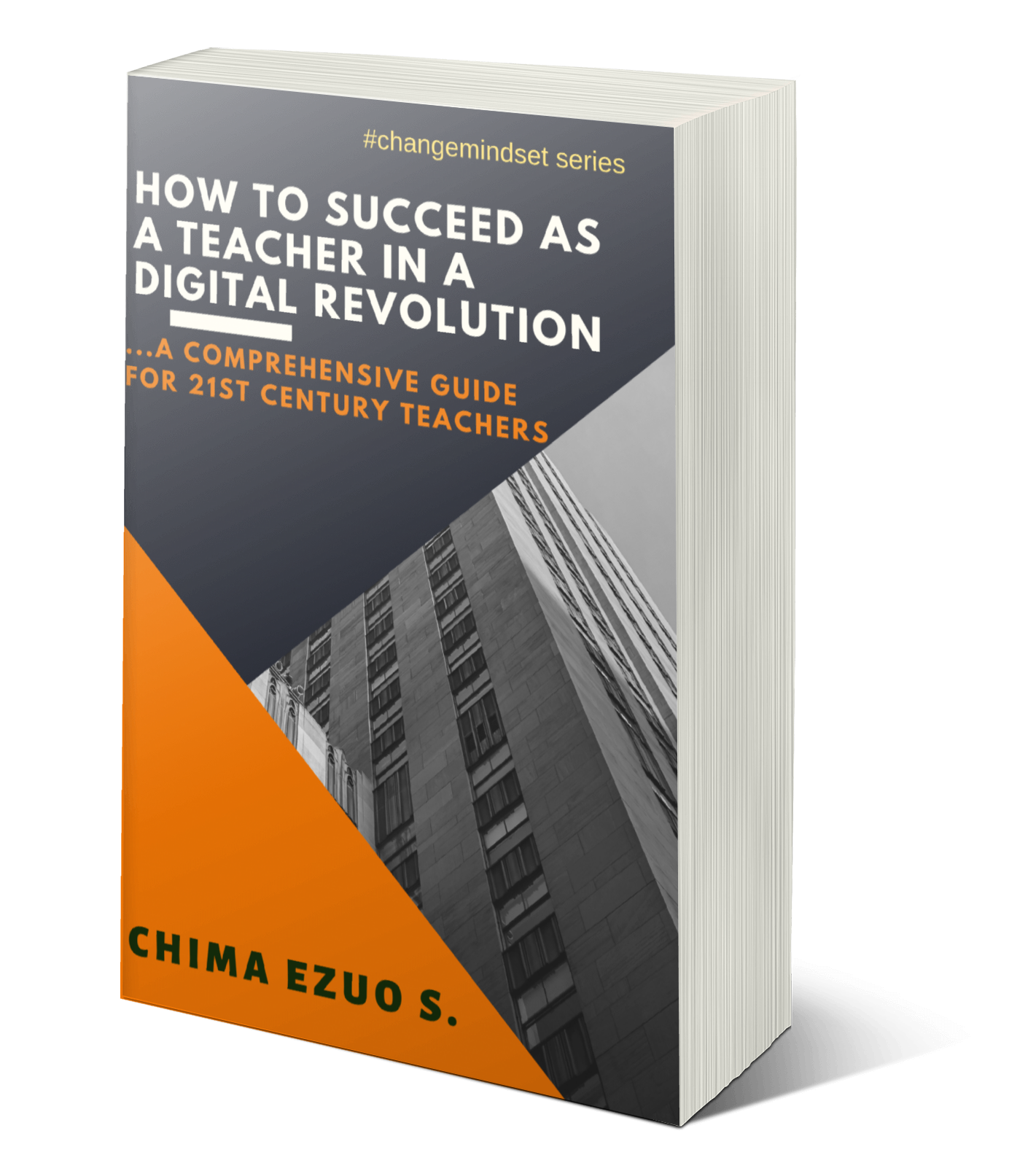Conventionally,
e-learning is the use of electronic gadgets/tools to connect teachers and
students as in a usual classroom delivery mode. But in this case, the teacher
and students might be operating from different locations, yet knowledge is
transmitted.
In recent
times, e-learning has gone beyond the conventional to include the use of
digital space in whatever means to share knowledge or interact with corporate
team or business partners.
Hence, today
we see e-learning taking the form of any of the following:
-
Video-conferencing
-
Online class
-
Digital downloads
-
Social media community
-
Blogging
-
Podcast
-
Instant messaging and chat
-
Webinars
-
Audio and video recordings (to be used offline)
-
Discussion forums etc
The choice
of what to go for has to do with the goal and the target audience of the
individual or corporate using it.
However, our
main interest in this post is how e-learning benefits the 21st
century teachers and learners (which includes parents who foot the bills of
their wards’ tuition).
The basic
digital tools schools and teachers need to kick-start an effective e-learning
experience include:
-
Video content creation
-
Graphic design
-
Blogging
-
Virtual classroom (Google classroom etc)
-
School Management Software
As far as
the school system is concerned, e-learning remains the 21st century best
bet for all stakeholders in the education sector- school management, teachers, students,
parents and the general public.
We look at
the following gains of running with e-learning in today’s education
§ Cost effectiveness: Do you know that most of these online learning
platforms are free, yet they offer more than one can bargain for? For learners,
this is a big bet that cannot be affordably missed.
Aside the initial set up cost, which also involves training of the
educators, e-learning is more cost-effective than the conventional system for
schools.
§ Global interaction: With online learning platforms,
learners can learn from their peers across the globe, thereby benefitting from
cross-cultural interactions that enhance learning. Educators too benefit by
having an enlarged class of learners, which could mean a fatter cheque.
§ Ease of learning: Online learning offers the level of
convenience never found in the offline structures. A child can still learn even
when there is an adverse weather condition; at any time of the day; at his/her
own pace. Same way, educators can create their lessons at any time. Scheduling
comes in only if there is a specific period intended for the lesson.
§ Quality materials of different formats: The best and most updated learning
materials today are online. Surprisingly, most of them are free. Moreover,
these learning materials come in different formats- videos, voice, worksheets,
images etc- and are prepared and taught by highly qualified professionals.
Every learner group can do well with online learning solutions. With these
quality materials, educators in the e-learning industry can educate better.
§ Reduction in teacher-parent confrontation: The usual bickering we experience
between teachers and parents over the question of school fees drive, child’s
rough handling, name them- are completely eliminated or at worst, reduced to
the barest minimum in e-learning platforms.
§ Development of technical skills in learners: The continuous use of some
e-learning gadgets in our classroom delivery is one of the simplest way to
inculcate ICT skills in our learners. This is because, unlike in the past when
they are learning about ICT (theoretically), this time, they are learning with
ICT gadgets (pure practical). Besides, kids who learn with digital tools easily
develop their critical thinking ability, which in turn, improves their
all-round learning.
§ Self-paced: A lot of e-learning platforms today
(online class, blog site, recorded audio and video etc) are built in such a way
that a learner takes his cool and learns at his pace, unlike what is obtainable
in the offline structure, where the high-fliers dictate the pace of the class
most often. When kids learn at home, parents can easily be part of the learning
process, which helps them to understand their child’s strengths and weaknesses,
so as to remedy it.
To make
e-learning work in schools, especially in developing countries like most
countries in Africa, three basic needs must be met, namely:
Ø Training: The entire teachers, including the management staff should
be adequately trained on the use of digital tools required for effective
e-learning.
Ø Team: Effective running of e-learning in schools require the formation of a
dedicated team to drive it. Such team must be adequately equipped to produce
result for real.
Ø Tenacity: Consistency and progressive improvement is the key to
driving an effective e-learning structure in schools.
We are
running a training campaign on the use of digital tools for schools and
individual teacher.
















No comments:
Post a Comment
Share your thoughts...